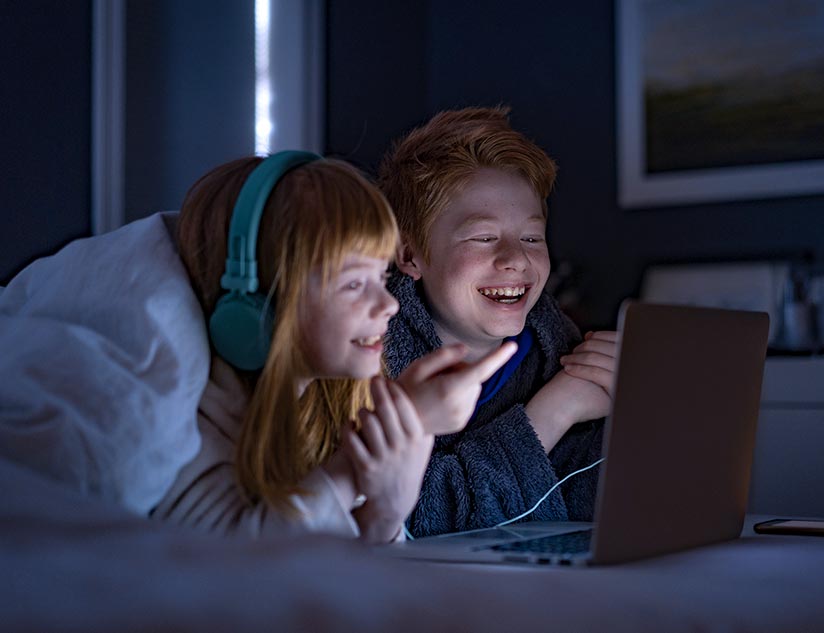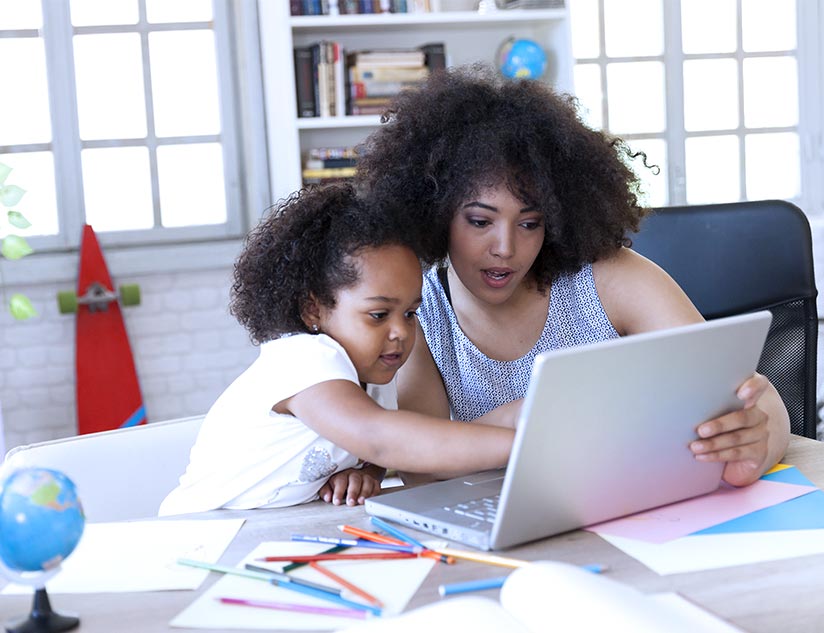Ever been in a situation where you’re cluelessly sitting in a classroom because you didn’t understand the very basics of what is being taught? You’re not the only one. We’ve all been there. Traditional classrooms, with a teacher instructing a class of students, has its own disadvantages. The traditional method of teaching leaves teachers with little to no time to tend to each student’s queries. It’s also barely helpful to students who miss out the basics of a subject at the beginning of a module.
This is where the concept of flipped classrooms comes into play. A flipped classroom essentially involves the usage of instructional content in the form of videos and other interactive content types. This content is shared with the students to go through at home. Following this, they work on practically applying the learned concepts through solving problems, much like traditional homework, with the added benefit of receiving aid from teachers and peers/friends.
Read more about flipped classrooms here-
https://www.getmagicbox.com/blog/successfully-flipping-your-classroom/
Since reaching out to students using the internet is a easier, resource limitation is no more a restriction to learning. This is where the relevance of a flipped classroom lies. This approach can enhance the outcome of learning to a great extent if applied appropriately. It empowers the learner as well as the educator; wherein the students can take their own time in understanding the concepts while the teachers can review the content that’s to be provided to these learners. In common parlance, while teachers can edit and restructure the entire educational content, students can pause and replay the same content multiple times for better comprehension.
Advantages of such an advanced education system are many:
Optimal utilization of classroom time
With the advent of technology (example MagicBoxTM) that supports flipped classroom pedagogy, the students now spend time understanding the topic at hand as part of their homework and come to their class to discuss the same topic with their peers and teachers. This has resulted in more time being devoted to teacher-student interaction time. Since in a flipped classroom, teachers devote more personal time for query resolution and revision, it bolsters the understanding of any topic in a shorter duration of time as compared to the time it takes to resolve queries in a traditional classroom. The student-teacher interaction is significantly higher during such a session, often resulting in the successful mastering of the topic by the learners. If a problem seems confusing or the application of a concept seems difficult, a student can get prompt assistance from his/her teachers in a flipped classroom.
Comfortable learning pace with no rush
The liberty of choice, especially regarding the selection of lessons, is an invigorating experience that sustains a learner’s interest. The resources provided as a part of flipped learning can mostly be paused and replayed. Students can spend more time learning concepts that they find difficult while breezing through the ones they consider relatively easier. While making students take the responsibility of their learning, a flipped class provides immense flexibility in terms of undertaking tasks at an acceptable and comfortable pace.
Better conceptual understanding than before
Contrary to a traditional group-driven classroom, the concept of flipped classrooms provides a solid platform to ensure student mastery over a subject. Participants have to overcome hurdles in the form of assignments to unlock the next topic. Until they achieve a satisfactory grade — as set by the instructor — they cannot work on the next lesson. In a traditional classroom, owing to the lack of time devoted to individualistic needs of every student, many learners struggle with the understanding of the fundamental concept of a subject. More often than not, newer lessons are also taught while the students are still struggling with the previous ones, which became one of the biggest challenges of a traditional classroom scenario.
Lesser stress to deal with
Illness, urgent or planned family trips, extra-curricular events and several other reasons sometimes restrict students from attending classes regularly. Since the resources in a flipped classroom can be accessed without geographical or time constraints, learners can continue studying without missing out on any important lesson..Instead of worrying about the alternatives for grappling with the missed lesson, students can rest stress-free and access the lectures whenever they are comfortable to do so.
Progress tracking made easy
Flipped learning involves extensive statistical data analysis and constant feedback. Students can individually check the subjects they excel at, as well as the subjects with which they are struggling. Similarly, instructors can analyze learning patterns based on students’ performances and suggest improvement plans for the same. It could also prove to be an invaluable asset in setting the pace of learning since some concepts could be easily understood by the entire batch while some might take a little more time involving activities and more practice.
Encourages peer learning
We learn more when we integrate multiple perspectives from our peers/friends regarding the subject at hand. It may stimulate inquiry and lead to enhanced learning, or simply clarify a difficult concept in a better way. Being able to learn while considering different perspectives of peers/friends could prove to be a great asset when a class comprises learners of different skill levels. Some students may not approach the teacher directly but may feel more comfortable discussing the same with a fellow student who might have mastered that subject.
This digital age requires us to upgrade our teaching methodology along with the ever-expanding knowledge base. We live in an age where information is immense and exponentially expanding. It is beyond doubts that flipped classrooms hold the solution to most of the issues traditional classrooms face. It is a ‘F’avorable, ‘L’earner-centered, ‘I’nquiry-based ‘P’aradigm (F.L.I.P) that redefines modern-age education.








